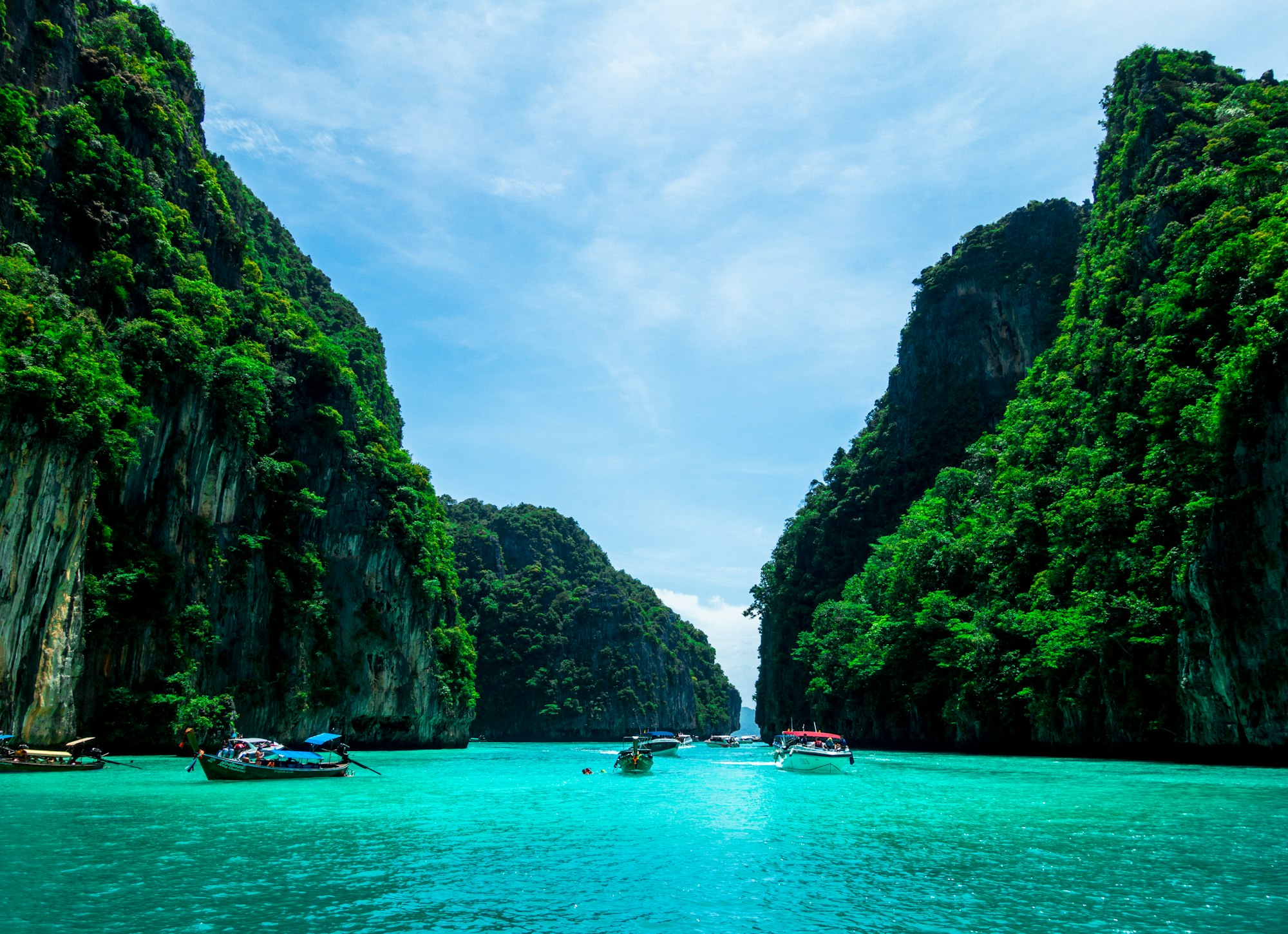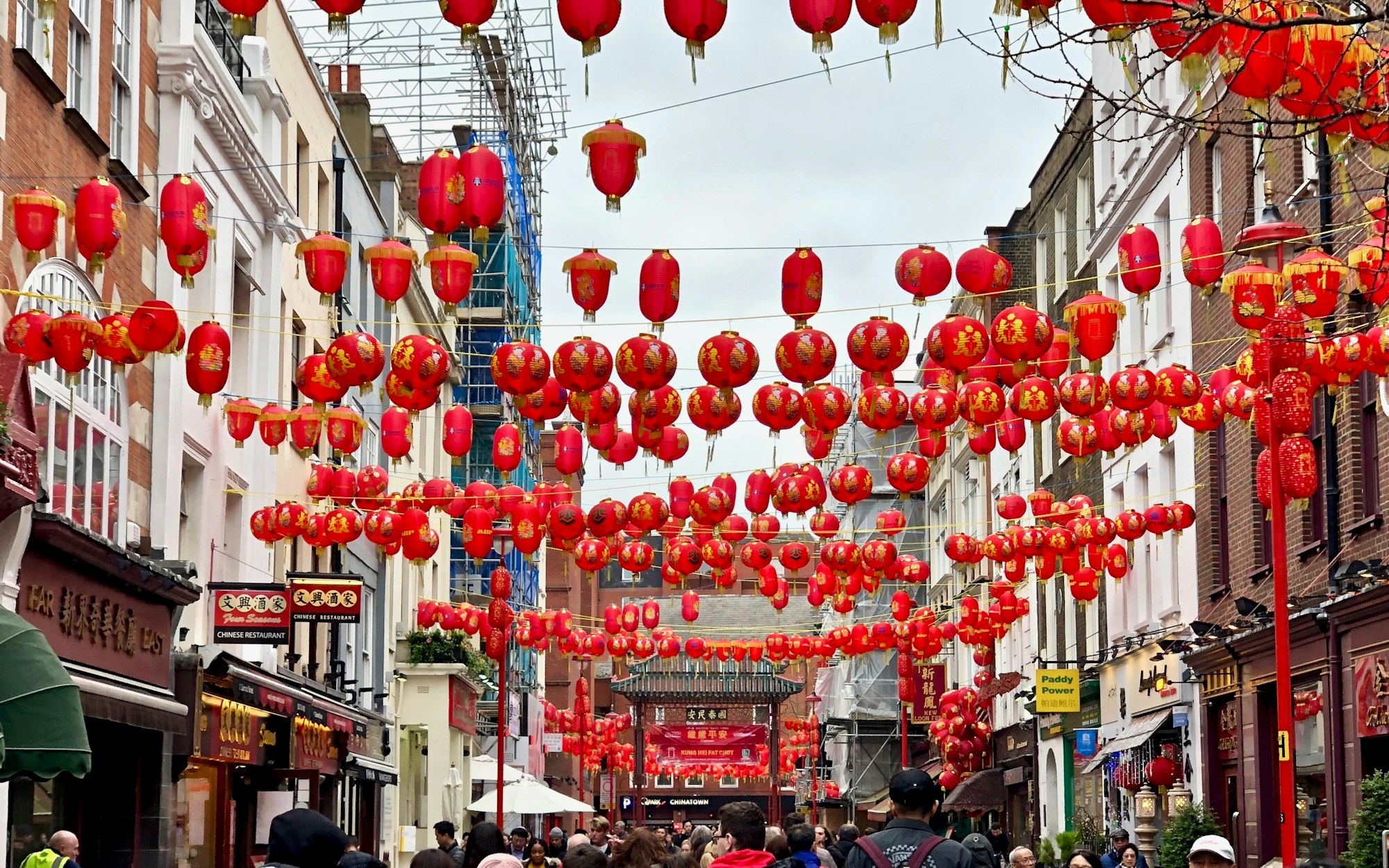
New York, New York 🗽: NYC
Come see for yourself why NYC is the place to be.
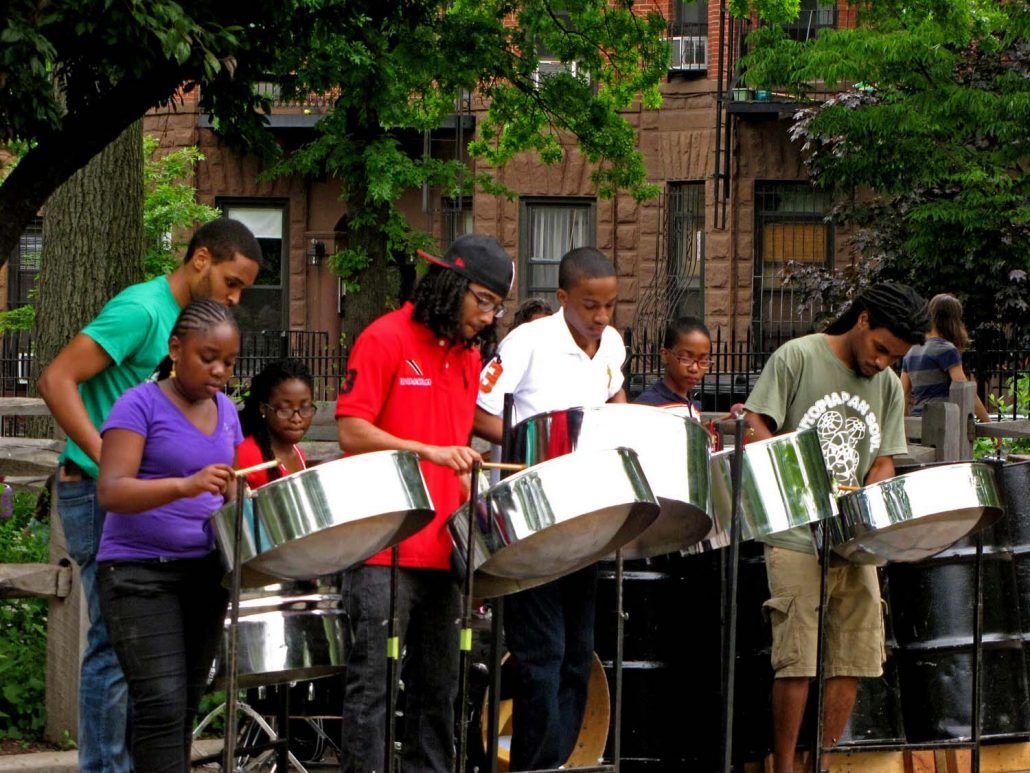
Concerts and other cultural events (author talks, tastings) are held regularly. There's a playground for kids and a community garden outside. If you happen to pass by outside of the posted visiting hours, give them a call. If someone's inside they'll usually be happy to let you in.
Everyone knows...
• Statue of Liberty

Lady Liberty is one of New York City's most enduring symbols. First conceived in 1865 by French intellectual Édouard de Laboulaye as a monument to the republican principles shared by France and the USA, the Statue of Liberty remains a powerful symbol of America’s founding ideals. For generations, migrants to America cruised past the statue on their way into New York harbour, and knew they had arrived in the land of freedom and opportunity.
But some of you may also want to know...
• Stone Street
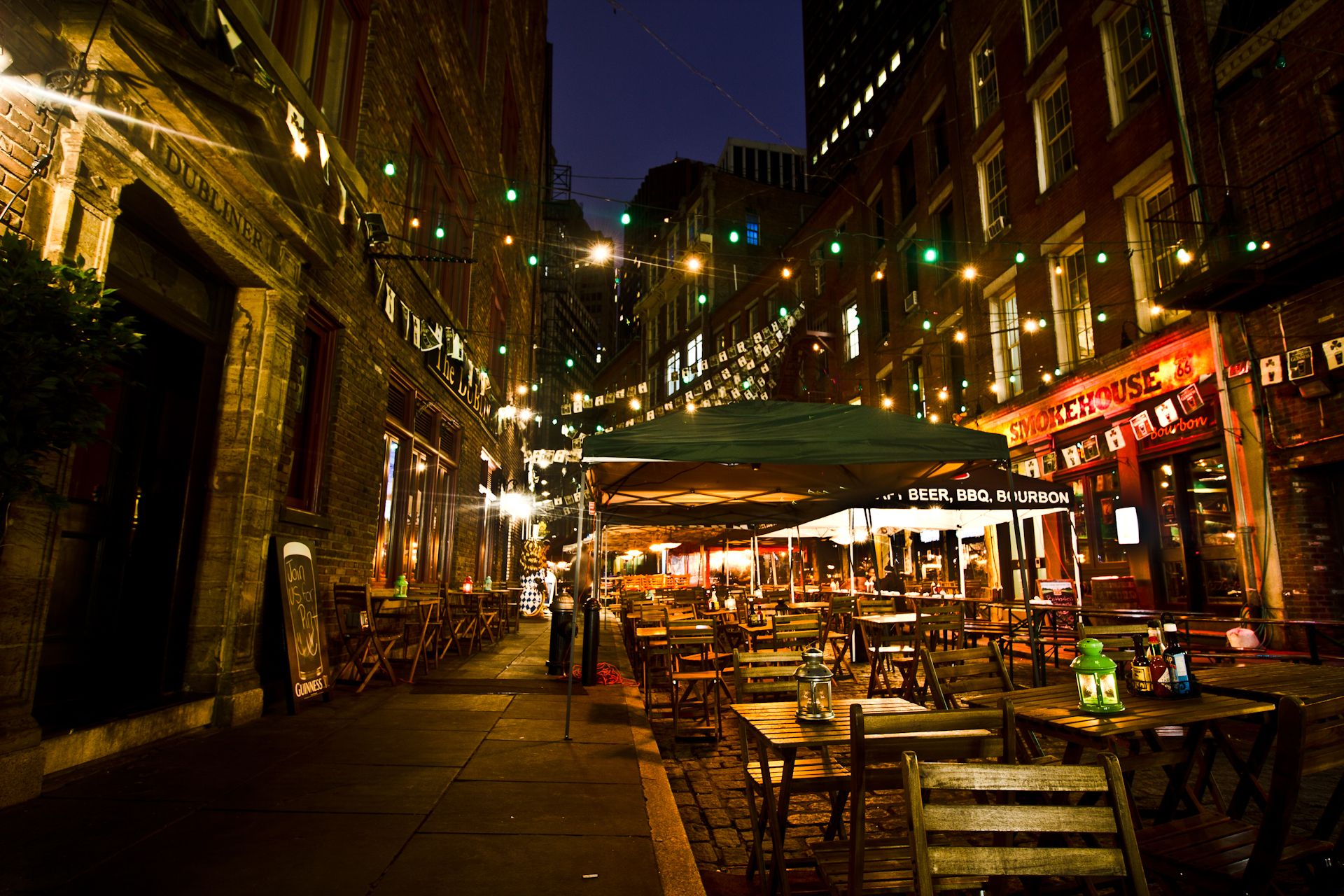
Stone Street is a street in the Financial District of Manhattan in New York City. It contains several prominent structures, including 1 Hanover Square, a National Historic Landmark.
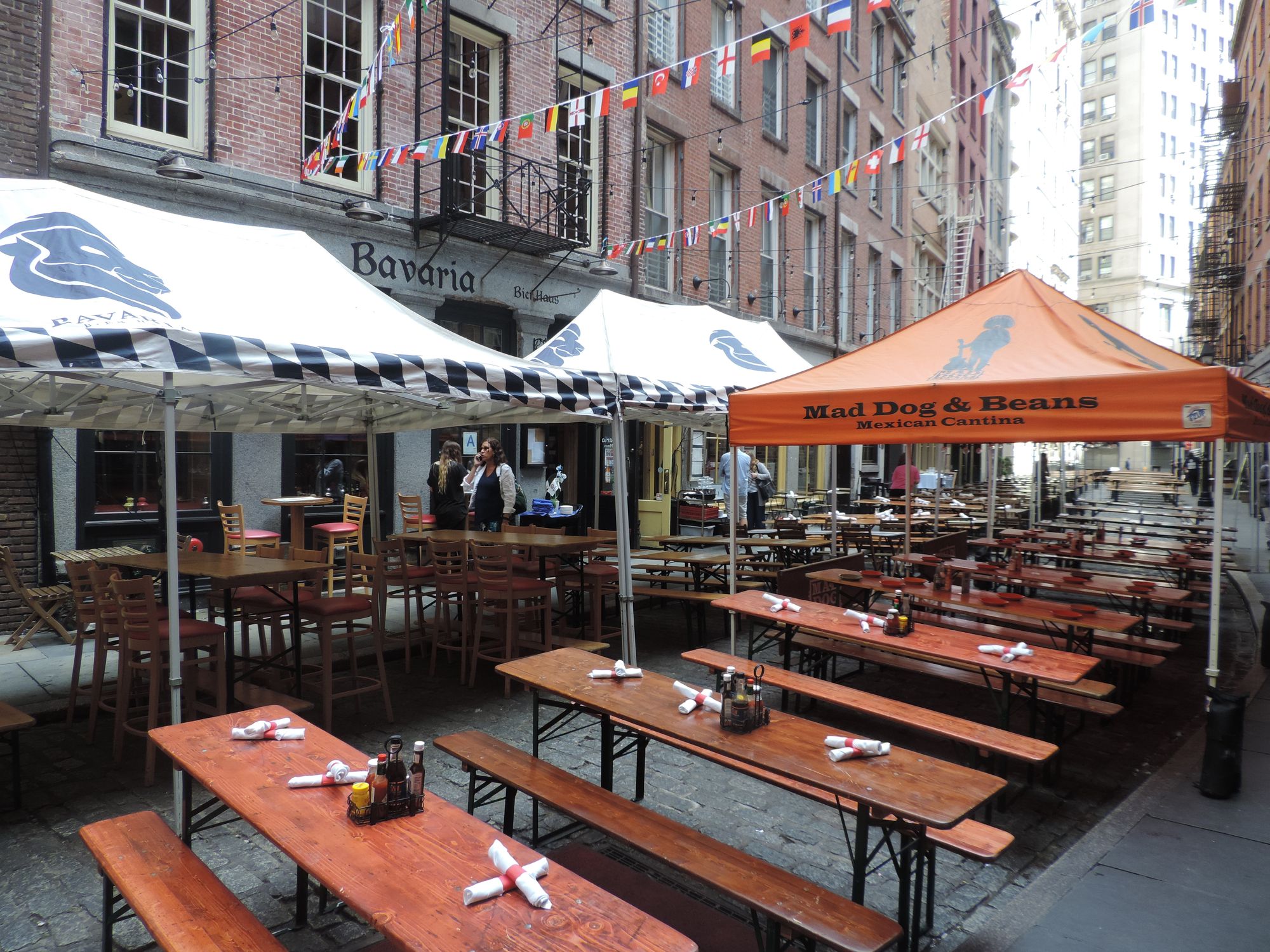
The eastern portion of the street and the surrounding buildings are designated as the Stone Street Historic District, which is both listed on the National Register of Historic Places and protected by the New York City Landmarks Preservation Commission. In addition, the remaining portions of the street are part of the Financial District's street layout, a city landmark.
Everyone knows...
• Metropolitan Museum of Art

The Metropolitan Museum of Art, affectionately known as "The Met," is one of the most beloved corners of New York City. What started with a handful of paintings brought over from Europe or donated by a coterie of philanthropically minded robber barons in the 19th century has since become a massive collection of two million works of art representing 5000 years of history.
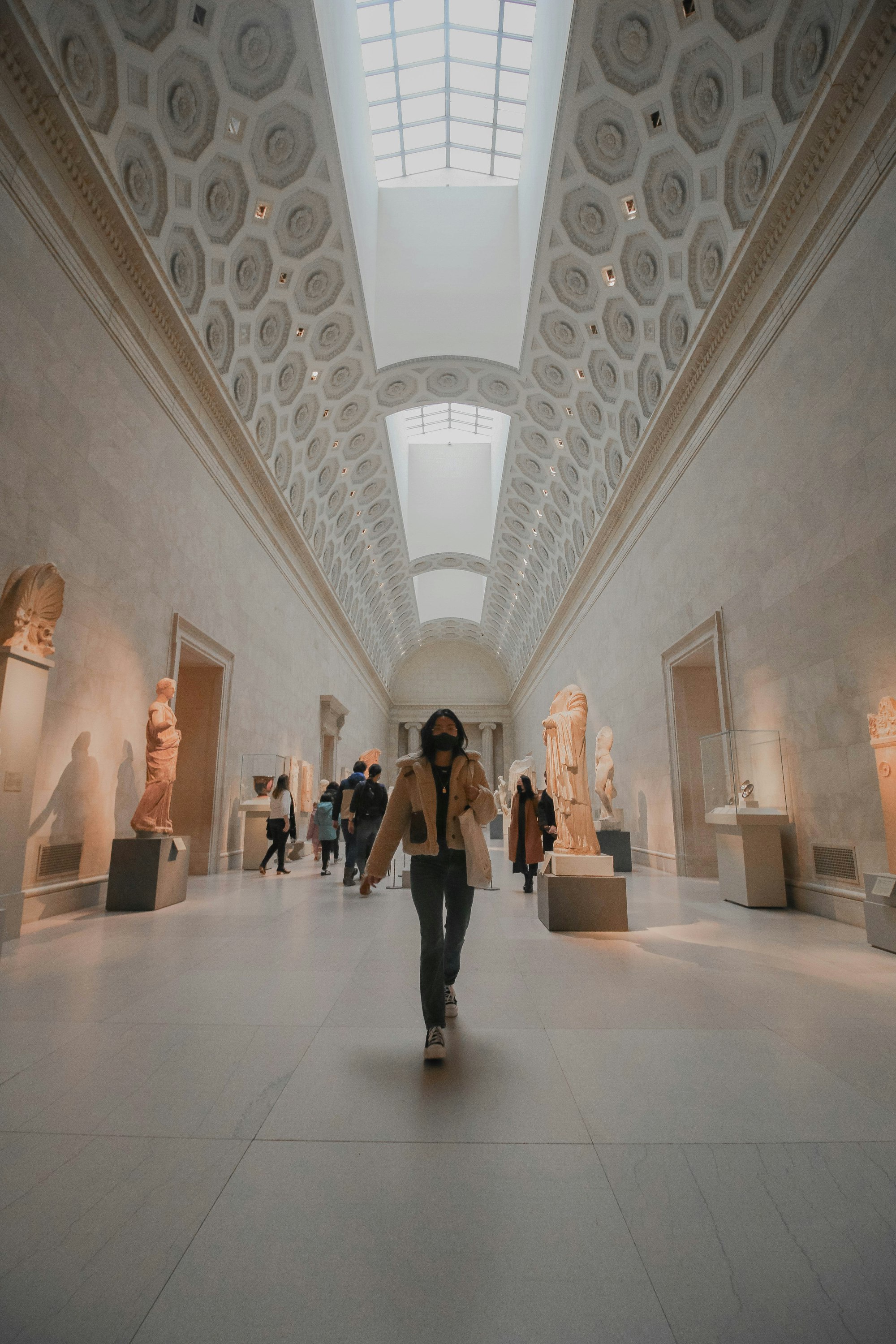
The Met was founded 151 years ago with the intention of educating and edifying a teaming city of immigrants, and underscore the uniquely global culture of 19th century New York City. Whether that stated purpose has been meet by modern, post-colonial standards is up for debate in recent years – a conversation many museums are reckoning with worldwide.
But some of you may also want to know...
• Andrew Carnegie Mansion
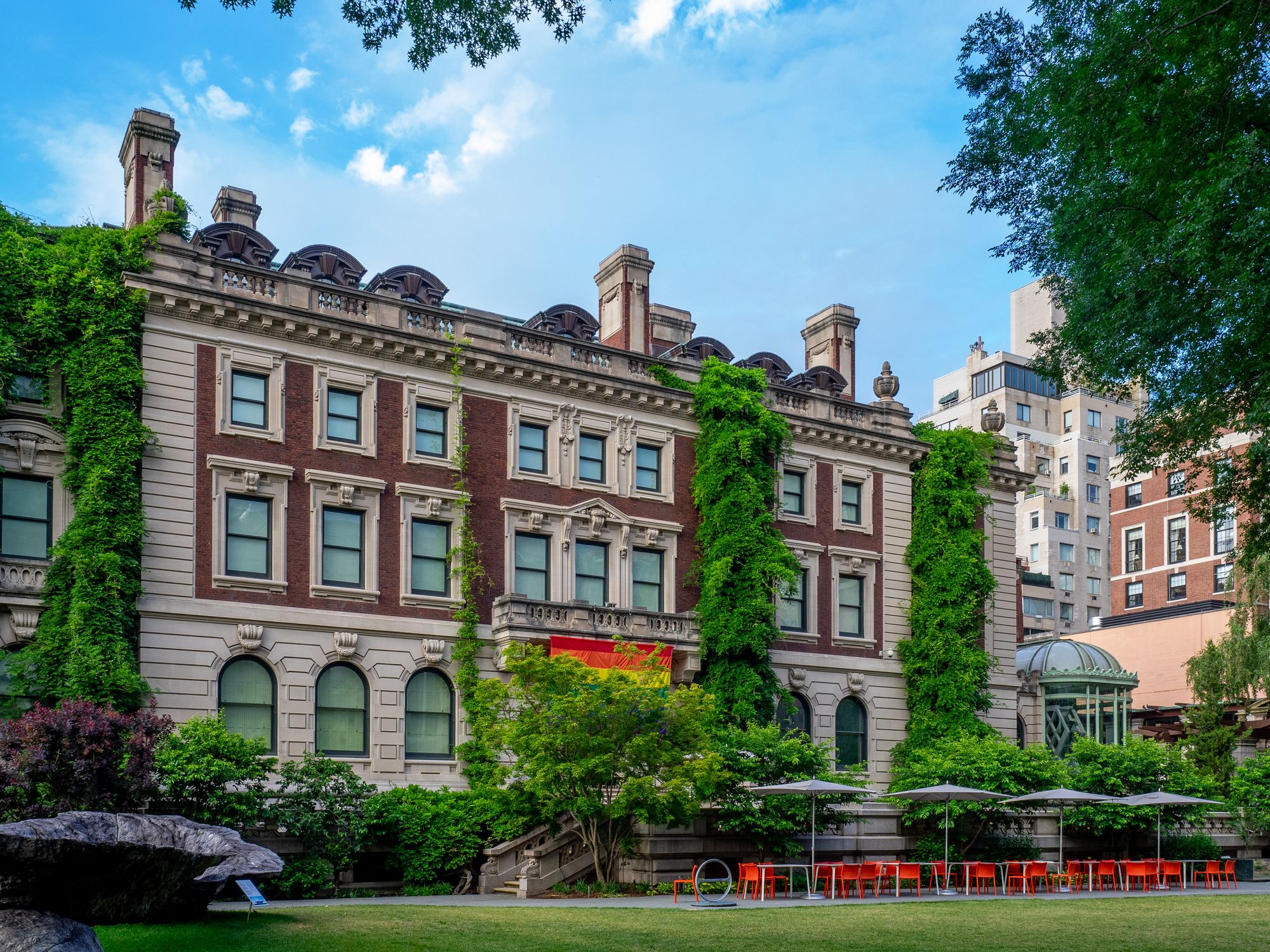
The Andrew Carnegie Mansion, now home to the Cooper Hewitt Smithsonian Design Museum, was originally completed in 1902 and reached landmark status in 1974. The mansion has undergone much change over the years, and the grounds now feature an expansive garden and cafe for visitors to enjoy.
Everyone knows...
• Central Park
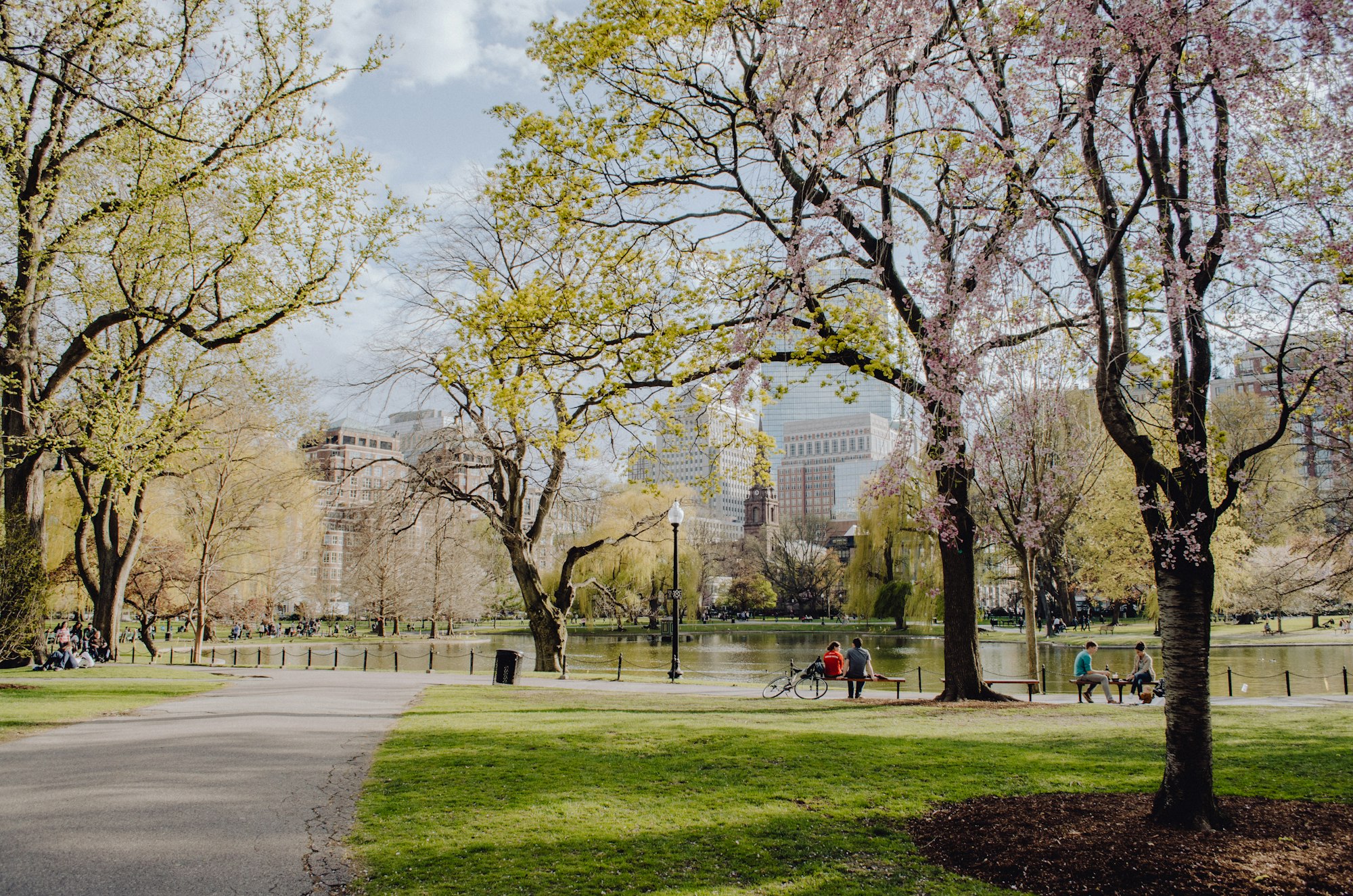
Comprising 843 acres of rolling meadows, boulder-studded outcroppings, elm-lined walkways, manicured European-style gardens, a lake and a reservoir, Central Park is a must-see for any visitor to New York City.
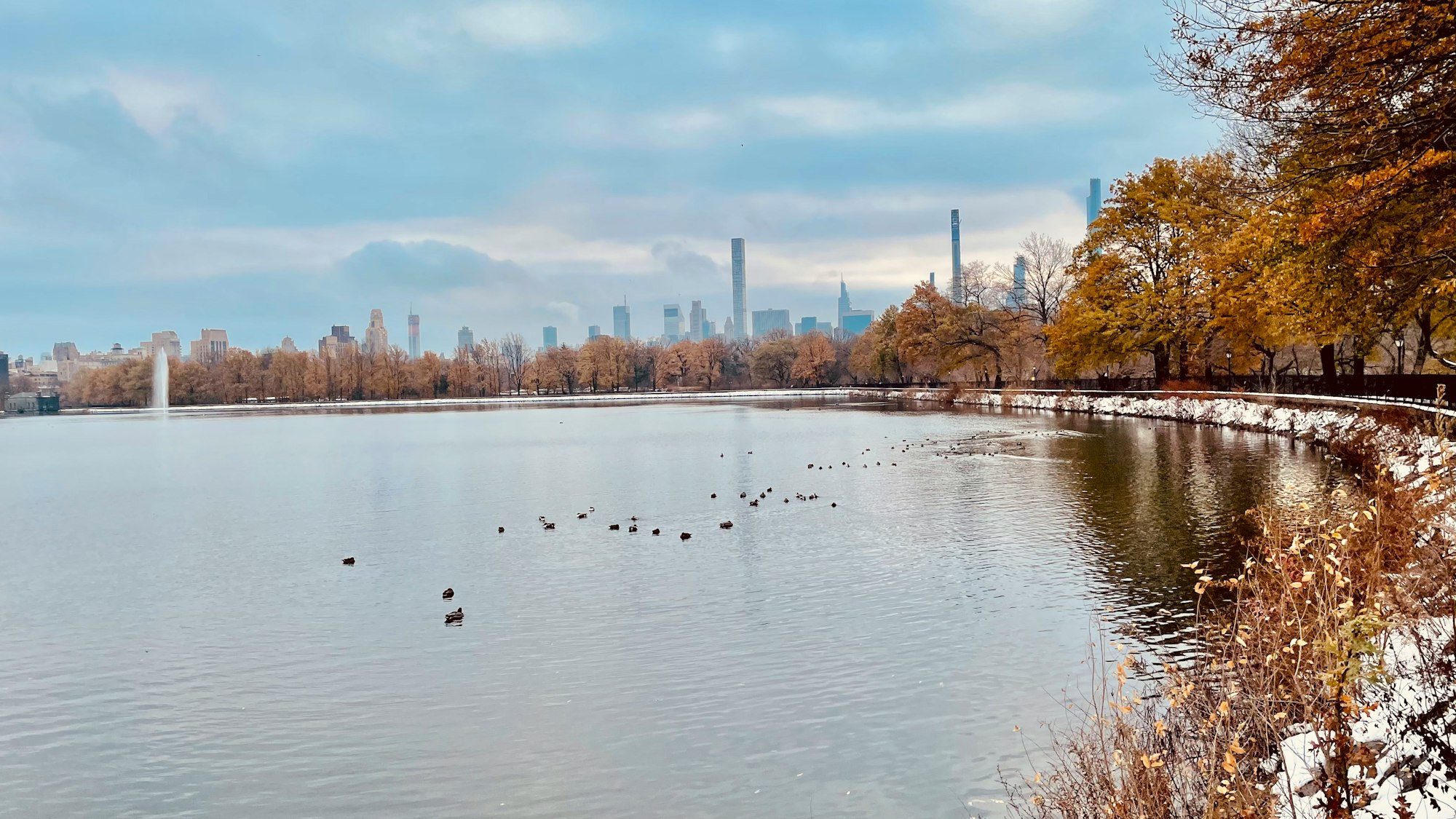
Read next


Celebrity-Frequented Ski Resort
